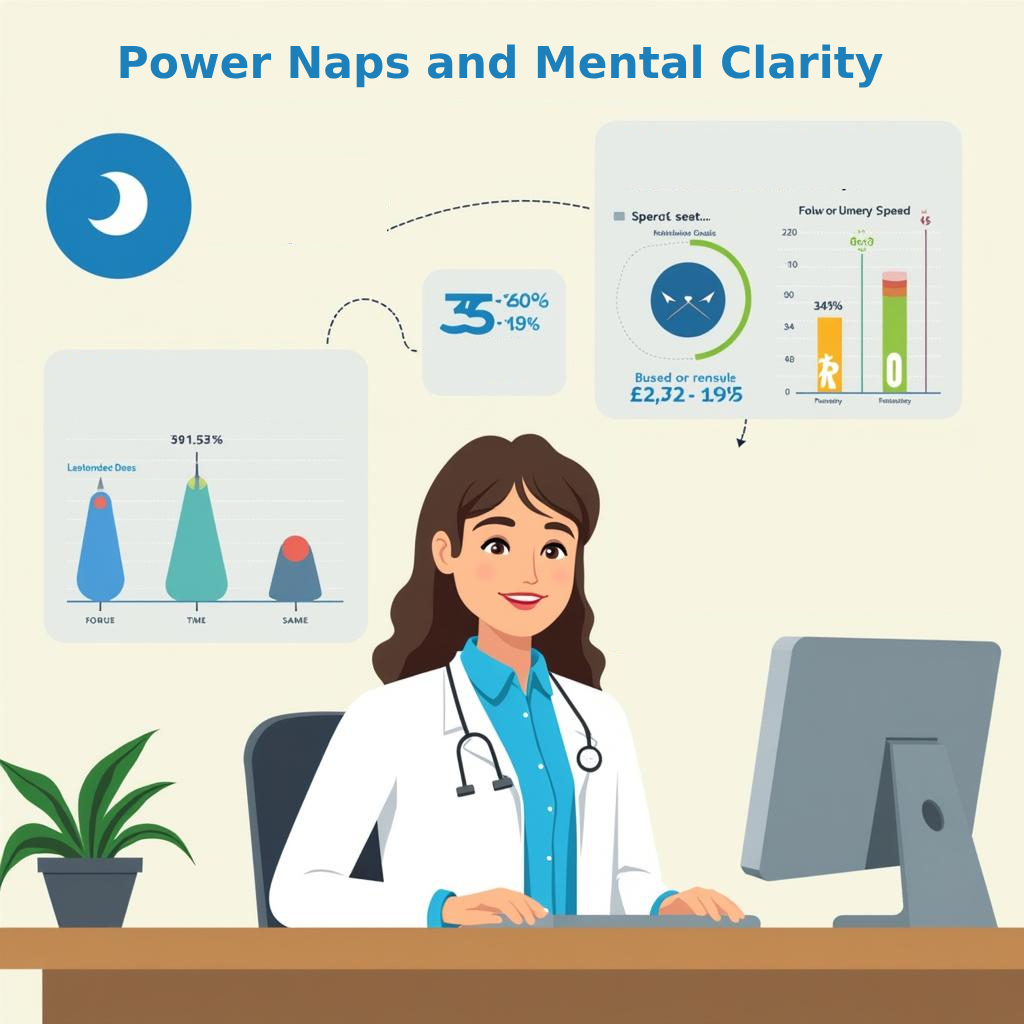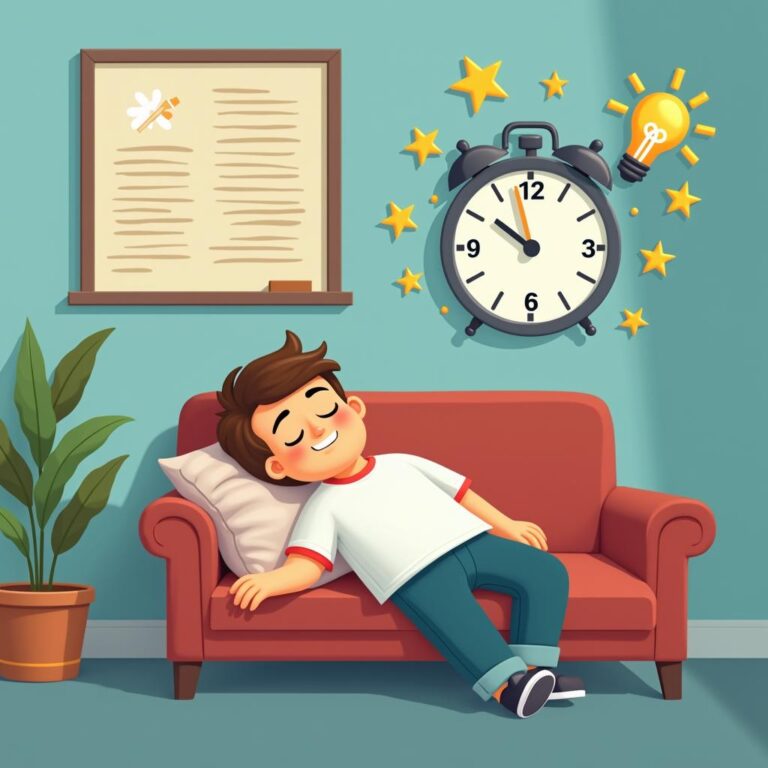In today’s fast-paced world, where multitasking is the norm, the concept of power naps has gained popularity as a quick fix for combating fatigue and boosting mental clarity. But what exactly is the science behind power naps and how do they influence our mental acuity? This article explores the physiological and neurological mechanisms involved in power naps, examines their benefits, and provides practical tips on how to incorporate them into your daily routine for optimal mental performance.
Understanding Power Naps
A power nap is typically defined as a short sleep period ranging from 10 to 30 minutes, which is long enough to provide restorative effects without entering deeper sleep cycles. This duration is crucial as it minimizes sleep inertia, which can occur if one naps too long and wakes during deep sleep, leading to grogginess instead of clarity.
The Science of Sleep Cycles
To fully appreciate how power naps work, it’s essential to understand sleep cycles. A complete sleep cycle lasts about 90 minutes and includes different stages, namely:
- Stage 1: Light sleep, where the body transitions from wakefulness.
- Stage 2: A deeper stage of sleep where heart rate slows down, and body temperature drops.
- Stage 3: Deep sleep that’s crucial for physical recovery and immune function.
- REM Sleep: The stage associated with dreaming, important for memory consolidation and emotional regulation.
Power naps are designed to provide the benefits of the lighter stages of sleep while avoiding the grogginess caused by waking from deeper stages, making them an effective tool for enhancing mental clarity.
Neurological Mechanisms at Play
When you take a power nap, your brain undergoes several beneficial processes:
- Memory Consolidation: Napping enhances the consolidation of memories and learning. During the napping period, the hippocampus processes information from the day, making it easier to recall later.
- Restoration of Energy: Short sleep periods can replenish neurotransmitters, such as serotonin and dopamine, which help improve mood and cognitive functions.
- Stress Reduction: Napping can decrease levels of cortisol, the stress hormone, leading to improved emotional resilience and mental clarity.
- Enhanced Creativity: A well-timed nap can boost creativity, allowing for new connections among ideas, thus fostering out-of-the-box thinking.
Empirical Evidence Supporting Power Naps
Research supports the benefits of power naps in various settings, from corporate environments to college campuses:
- A study published in Neurobiology of Learning and Memory demonstrated that napping significantly improved performance on tasks involving memory retention and recall.
- Research from NASA found that a 10-minute nap could lead to a 34% boost in performance and a 48% enhancement in alertness among pilots.
- Another study highlighted that participants who napped for 30 minutes outperformed their non-napping peers in tasks requiring sustained attention.
These studies highlight the potential of power naps to serve as a powerful supplement to a healthy lifestyle, especially for those engaged in demanding mental tasks.
How to Maximize the Benefits of Power Naps
To reap the full benefits of power napping, consider the following tips:
- Timing is Key: The ideal time for a power nap is usually after lunch (between 1 PM and 3 PM) when the body’s energy levels begin to dip. Napping too late in the day may interfere with nighttime sleep.
- Maintain a Calm Environment: Choose a quiet, dark place to nap. Using an eye mask or earplugs can help create a sleep-conducive environment.
- Set an Alarm: To ensure you wake up refreshed without entering deep sleep, set an alarm for 20-30 minutes.
- Practice Relaxation Techniques: Before napping, use breathing exercises or meditation to relax your mind and body, making it easier to drift off.
Potential Downsides of Napping
While power naps can be beneficial, they aren’t for everyone. Some potential downsides include:
- Sleep Inertia: If you sleep longer than intended, you may wake up feeling groggy instead of refreshed.
- Disrupted Nighttime Sleep: For individuals who have difficulty sleeping at night, napping can exacerbate insomnia and lead to longer-term sleep issues.
Conclusion
Power naps present a scientifically backed strategy to enhance mental clarity, creativity, and overall cognitive function. Understanding the mechanisms of sleep and the impact of short naps on the brain makes it easier to incorporate this practice into daily life. With the right timing, environment, and duration, power naps can be a valuable tool for anyone seeking to boost their productivity and cognitive performance. So the next time you feel a mid-afternoon slump, consider taking a power nap to recharge your mind and unlock your potential!







